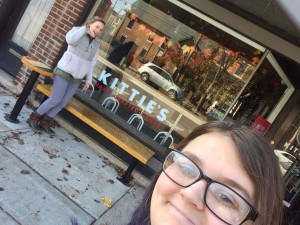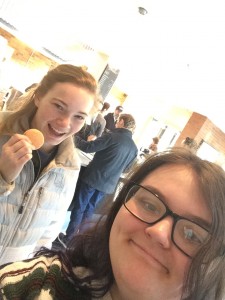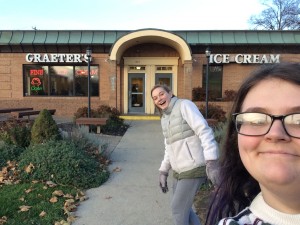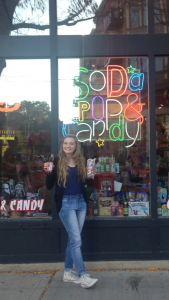Over the past two years, ENR scholars has fostered an astronomical amount of growth in my life. I have gained friendships, stepped outside of my comfort zone, and learned many new skills. Some of my closest friends in college have come from this program, and I will be forever grateful for that. The major highlights of my experience in this group have been the trips I have taken. Both camping trips, along with the fall backpacking trip, have formed some of the best memories I have so far at Ohio State.
In terms of environmental impact, I have learned how to reduce my carbon footprint and have become far more aware of my choices because of ENR. For example, every time I go out to eat, all I can see are the plastic straws they hand out filling up our landfills. I avoid using these straws at restaurants, and will instead just drink straight from my cup. I have also become more aware of my eating habits. Although I still do consume meat, I definitely am smarter about how I do so than I was when I first entered ENR. Poultry is always my first choice, and I have also cut back on my overall meat consumption. I also prefer to buy locally grown fruits and vegetables when possible. Since I will be living off campus next year, I hope to utilize recycling as much I can. I will also be able to make my own decisions in terms of food, and will therefore shop as low-impact as possible.
For all of the incoming ENR scholars, I would say to take advantage of this program and not to hold back. This group has access to some amazing experiences, and they can become your most spectacular adventures and memories of college if you allow them to be. There is a difference between participating in an event to fulfill your program requirements and participating in an event for the simple joy of the event itself. I would encourage you to step outside of your comfort zone; if you think a backpacking trip sounds amazing, but you don’t know anyone going on the trip, go anyway. I promise you won’t regret it.
Overall, if I could go back to my freshman year and choose any scholars program over again, I would choose ENR in a heartbeat. It may have absolutely nothing to do with my major, but I have gained more from this program than I believe I would have anywhere else. The friendships, experiences, and professional development that this group provides have been a huge part of forming who I am today. I will always be an ENR scholar.













